Home>Gardening & Outdoor>Landscaping Ideas>How Often To Fertilize Grass
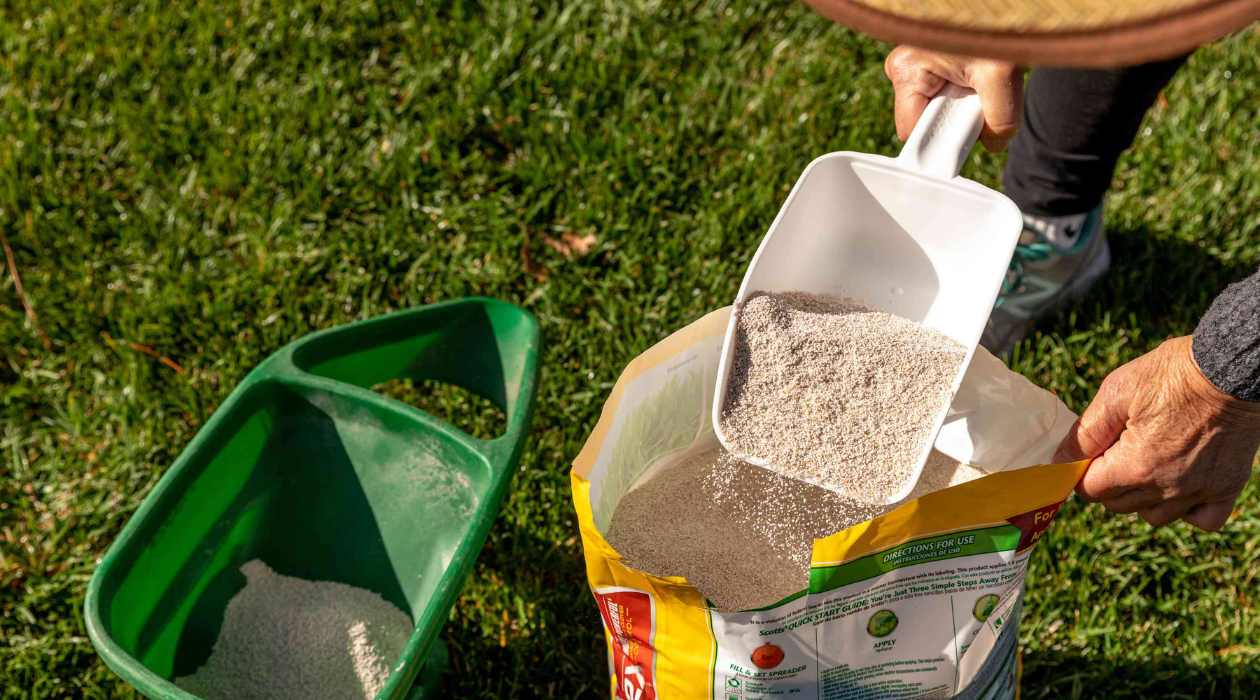

Landscaping Ideas
How Often To Fertilize Grass
Modified: February 18, 2024
Discover the best fertilizing schedule for your grass with our expert landscaping ideas. Learn how often to fertilize and maintain a lush, healthy lawn.
(Many of the links in this article redirect to a specific reviewed product. Your purchase of these products through affiliate links helps to generate commission for Storables.com, at no extra cost. Learn more)
Introduction
Maintaining a lush, vibrant lawn is a goal cherished by many homeowners. One of the key elements in achieving this is proper fertilization. Knowing how often to fertilize your grass is crucial for promoting healthy growth and a verdant appearance. In this article, we will delve into the factors that influence fertilization frequency, the intricacies of grass growth cycles, and the best practices for determining an optimal fertilization schedule.
Fertilizing your lawn at the right intervals is essential for providing the nutrients that grass needs to thrive. By understanding the dynamics of grass growth and the role of fertilization in supporting it, you can ensure that your lawn remains healthy, resilient, and visually appealing throughout the year. Let's explore the nuances of fertilizing grass to equip you with the knowledge needed to cultivate a stunning and robust lawn.
Key Takeaways:
- Fertilize cool-season grasses in early fall and late spring, and warm-season grasses in late spring and summer, aligning with their peak growth periods for optimal health and vibrancy.
- Select high-quality fertilizer, follow application guidelines, and consider slow-release formulations to maximize effectiveness and minimize environmental impact for a lush, resilient lawn.
Read more: How Often To Fertilize Bermuda Grass
Factors Affecting Fertilization Frequency
Several factors play a pivotal role in determining how often you should fertilize your grass. Understanding these factors is crucial for tailoring a fertilization schedule that aligns with the specific needs of your lawn. Here are the key elements to consider:
- Grass Type: Different grass species have varying nutritional requirements. Cool-season grasses, such as Kentucky bluegrass and fescue, typically benefit from fertilization in early fall and late spring. Warm-season grasses, including Bermuda grass and Zoysia grass, thrive with fertilization during their peak growing seasons in late spring and summer.
- Climate: The local climate exerts a significant influence on fertilization frequency. Regions with distinct seasonal changes may necessitate a different fertilization schedule compared to areas with more consistent weather patterns. Factors like temperature, precipitation, and humidity levels directly impact the rate of grass growth and nutrient uptake.
- Soil Quality: The composition and health of the soil in your lawn profoundly impact fertilization needs. Conducting a soil test can reveal crucial insights into nutrient deficiencies and pH levels, enabling you to select the most suitable fertilizer and determine the appropriate application frequency.
- Lawn Usage: The amount of foot traffic and activities on your lawn can influence its nutrient requirements. High-traffic areas may benefit from more frequent fertilization to support recovery and promote robust growth.
- Past Fertilization: Previous fertilization efforts and the type of fertilizer used can impact the timing and frequency of subsequent applications. Understanding the residual effects of past fertilization is essential for avoiding over-fertilization and ensuring balanced nutrient uptake.
By considering these factors in tandem, you can develop a tailored fertilization schedule that optimally supports the health and vitality of your lawn. Next, we will explore the intricacies of grass growth cycles to further refine your approach to fertilization.
Understanding Grass Growth Cycles
Grass growth cycles encompass distinct phases that directly influence the timing and frequency of fertilization. By familiarizing yourself with these cycles, you can pinpoint the most opportune moments to apply fertilizer for maximum impact. Here are the key stages of grass growth:
- Dormancy: During the dormant phase, typically occurring in winter for warm-season grasses and summer for cool-season varieties, grass growth significantly slows or ceases. Fertilization during this period is generally unnecessary, as the grass is not actively growing and does not require additional nutrients.
- Active Growth: As temperatures rise and favorable conditions prevail, grass enters a phase of active growth. This is an ideal time for fertilization, as the grass readily absorbs nutrients to support robust development. Timing applications to coincide with the onset of active growth can optimize the utilization of fertilizers.
- Transition: Transitional periods between dormant and active growth phases represent critical junctures for fertilization. Applying fertilizer during these transitions can help facilitate a smooth and vigorous resurgence of growth, particularly as grass transitions from dormancy to active growth.
- Peak Growth: The peak growth phase is characterized by rapid and vigorous grass development. Fertilizing during this stage can fortify the grass with essential nutrients, promoting lush, healthy foliage and strong root systems.
- Slowdown: Towards the end of the growing season, grass growth gradually decelerates. While the need for fertilization diminishes during this phase, providing a balanced nutrient boost can fortify the grass for the upcoming dormant period and enhance its resilience.
By aligning your fertilization schedule with the natural rhythms of grass growth cycles, you can harness the full potential of fertilizers to nurture a vibrant and resilient lawn. Understanding these cycles empowers you to make informed decisions regarding the timing and frequency of fertilization, optimizing the impact on grass health and appearance.
Fertilize your grass 3-4 times a year for best results. Apply in early spring, late spring, early fall, and late fall for a healthy, green lawn.
Determining the Right Fertilization Schedule
Developing an effective fertilization schedule involves a thoughtful consideration of various factors to tailor the application frequency to the specific needs of your lawn. By following these guidelines, you can establish a well-calibrated fertilization regimen:
- Grass Type and Climate: Take into account the type of grass in your lawn and the prevailing climate to determine the most suitable timing for fertilization. Cool-season and warm-season grasses thrive with fertilization at distinct intervals corresponding to their peak growth periods.
- Soil Test: Conduct a comprehensive soil test to assess nutrient levels, pH balance, and any deficiencies. This analysis provides valuable insights for selecting the appropriate fertilizer and fine-tuning the frequency of applications to address specific soil needs.
- Application Timing: Coordinate fertilization with the onset of active growth phases, ensuring that the grass can efficiently absorb and utilize the nutrients. Timing applications to align with transitional periods and peak growth stages optimizes the impact of fertilizers on grass health.
- Consideration of Past Applications: Factor in any recent fertilization efforts and the type of fertilizer used to gauge the residual nutrient levels in the soil. This information aids in determining the necessity and timing of subsequent applications to maintain balanced nutrient levels without over-fertilization.
- Adjustments Based on Lawn Usage: Assess the impact of lawn usage, such as high foot traffic or recreational activities, on the grass’s nutrient requirements. Modify the fertilization schedule as needed to support the recovery and resilience of the turf in high-traffic areas.
By integrating these considerations, you can craft a customized fertilization schedule that optimally supports the health and vitality of your lawn. Adhering to this tailored schedule ensures that your grass receives the essential nutrients it needs at the right times, fostering lush growth, vibrant color, and overall resilience.
Best Practices for Fertilizing Grass
Implementing best practices when fertilizing your lawn is essential for maximizing the effectiveness of the nutrients and promoting healthy, robust grass growth. By following these guidelines, you can ensure that your fertilization efforts yield optimal results:
- Use the Right Fertilizer: Select a high-quality fertilizer that aligns with the specific needs of your grass species and soil composition. Consider the nutrient content, release mechanism, and any additional features, such as weed control or slow-release formulations, to find the most suitable product for your lawn.
- Follow Application Guidelines: Adhere to the manufacturer’s instructions regarding the application rate, timing, and method. Avoid over-application, as excessive fertilizer can harm the grass and contribute to environmental pollution. Utilize calibrated spreaders to achieve even coverage and prevent uneven nutrient distribution.
- Consider Slow-Release Formulations: Opt for slow-release fertilizers, particularly in high-traffic areas or during periods of intense growth, to provide a steady and sustained nutrient supply. This approach minimizes the risk of nutrient leaching and ensures prolonged nourishment for the grass.
- Monitor Weather Conditions: Time fertilization to coincide with periods of anticipated rainfall or irrigation to facilitate the incorporation of nutrients into the soil. Avoid fertilizing before heavy rain or during drought conditions to prevent nutrient runoff and maximize absorption by the grass roots.
- Maintain Proper Equipment: Regularly inspect and maintain fertilization equipment, such as spreaders and sprayers, to ensure accurate and consistent application. Clean equipment thoroughly after each use to prevent cross-contamination and maintain its effectiveness.
- Observe Environmental Regulations: Familiarize yourself with local regulations and guidelines concerning fertilizer use, especially regarding application rates, nutrient content, and restrictions during certain periods. Complying with environmental standards promotes sustainable lawn care practices and minimizes ecological impact.
By incorporating these best practices into your fertilization routine, you can optimize the efficacy of the nutrients, minimize environmental impact, and foster the long-term health and beauty of your lawn. Adhering to these guidelines ensures that your fertilization efforts contribute to a lush, resilient, and visually captivating grass landscape.
Read more: How Often To Fertilize Zoysia Grass
Conclusion
Understanding how often to fertilize your grass is integral to nurturing a thriving and resilient lawn. By considering factors such as grass type, climate, soil quality, and growth cycles, you can tailor a fertilization schedule that optimally supports the specific needs of your lawn. This strategic approach not only enhances the visual appeal of your grass but also fortifies its resilience and long-term health.
Aligning fertilization with the natural rhythms of grass growth cycles empowers you to make informed decisions regarding the timing and frequency of applications. By leveraging transitional periods, peak growth phases, and the unique requirements of different grass species, you can maximize the impact of fertilizers on grass health and vitality.
Implementing best practices, such as selecting the right fertilizer, following application guidelines, and considering slow-release formulations, ensures that your fertilization efforts are effective and environmentally responsible. By monitoring weather conditions, maintaining equipment, and adhering to environmental regulations, you can promote sustainable lawn care practices while achieving stunning results.
Ultimately, a well-calibrated fertilization schedule, informed by a nuanced understanding of grass growth dynamics and supported by best practices, is the cornerstone of a vibrant and enduring lawn. By integrating these insights into your lawn care routine, you can cultivate a lush, resilient, and visually captivating grass landscape that enhances the beauty and enjoyment of your outdoor space.
With a thoughtful approach to fertilization and a commitment to best practices, you can nurture a lawn that stands as a testament to the harmonious interplay of nature and attentive care, enriching your outdoor environment and providing a verdant backdrop for cherished moments with family and friends.
Frequently Asked Questions about How Often To Fertilize Grass
Was this page helpful?
At Storables.com, we guarantee accurate and reliable information. Our content, validated by Expert Board Contributors, is crafted following stringent Editorial Policies. We're committed to providing you with well-researched, expert-backed insights for all your informational needs.

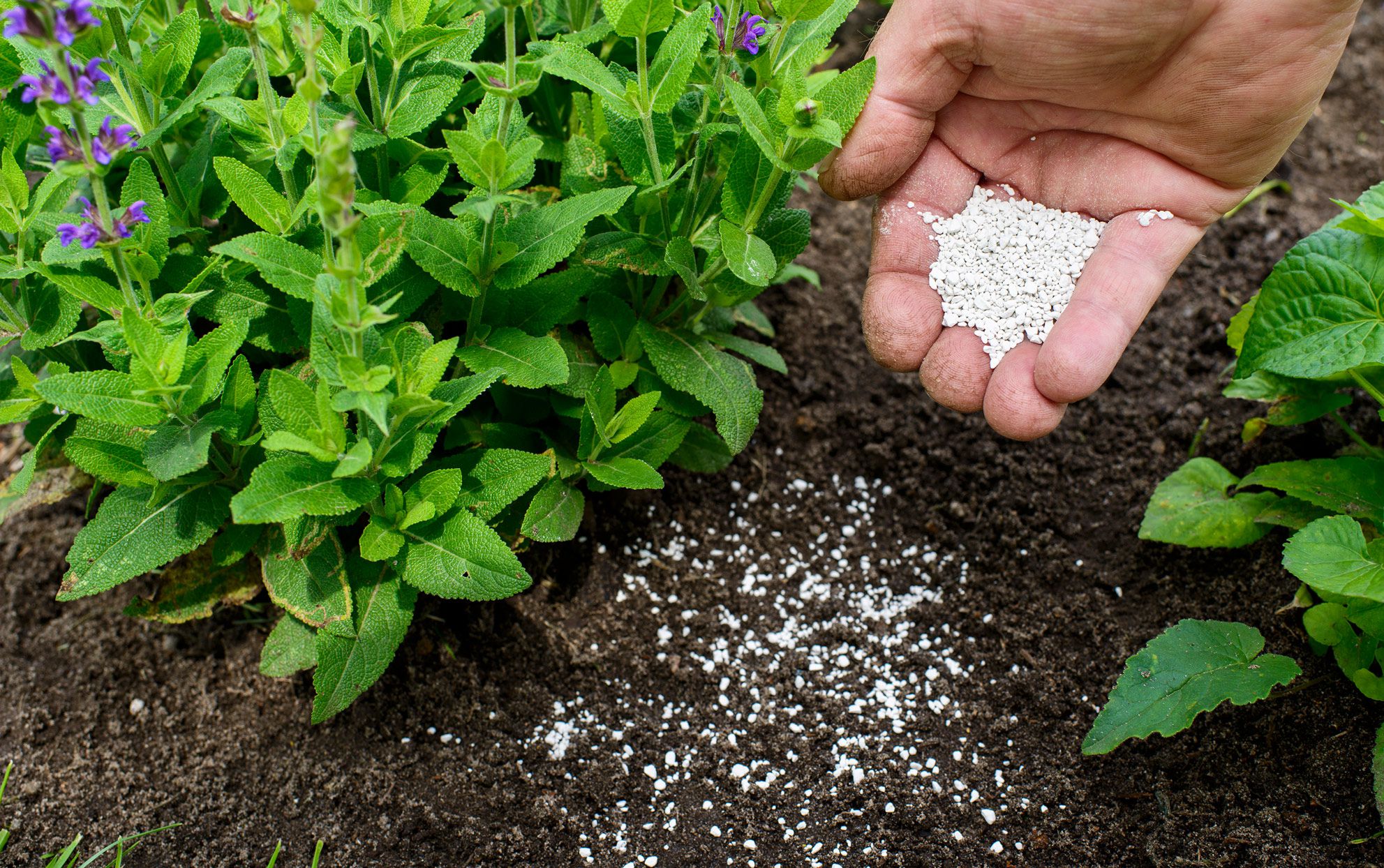

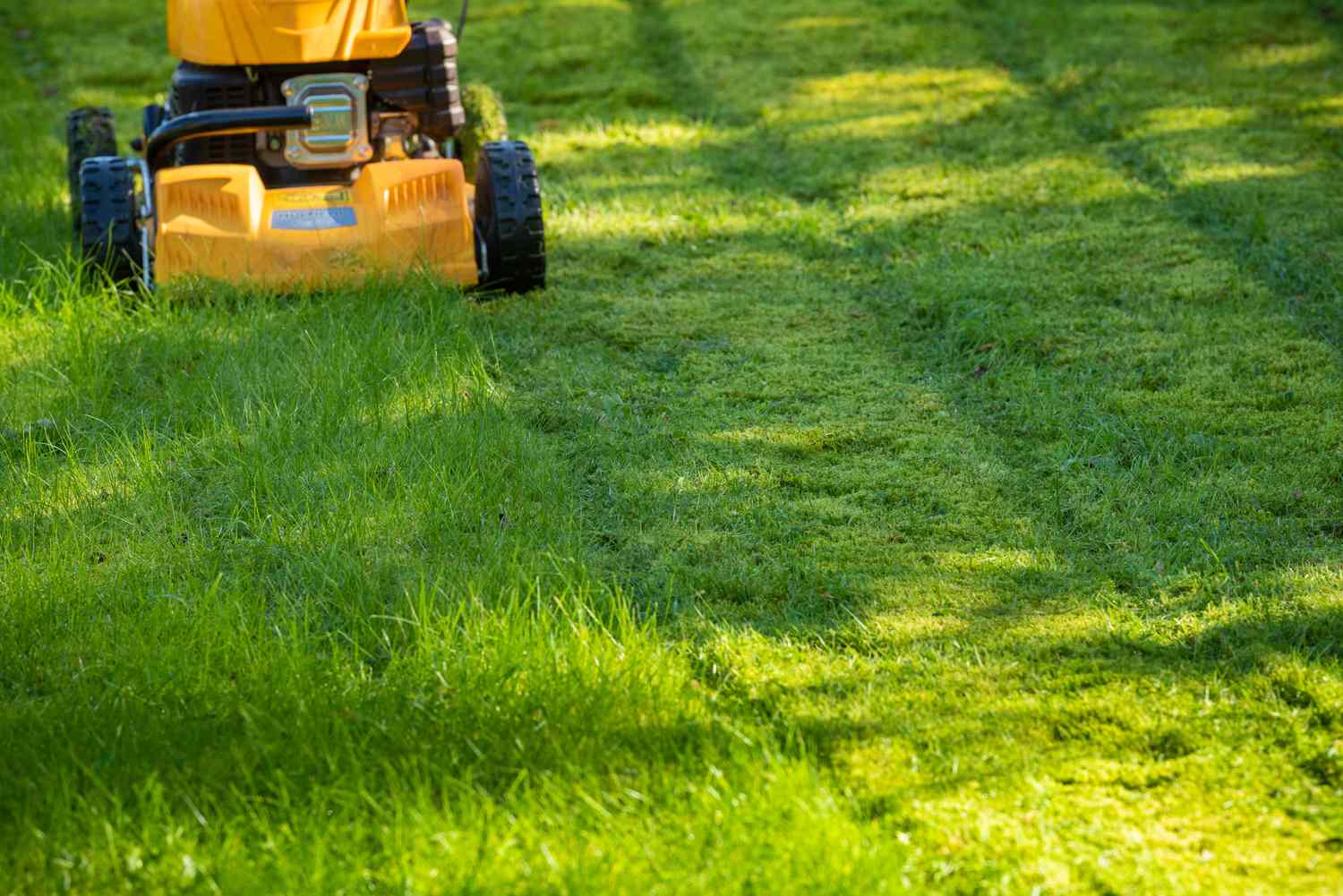
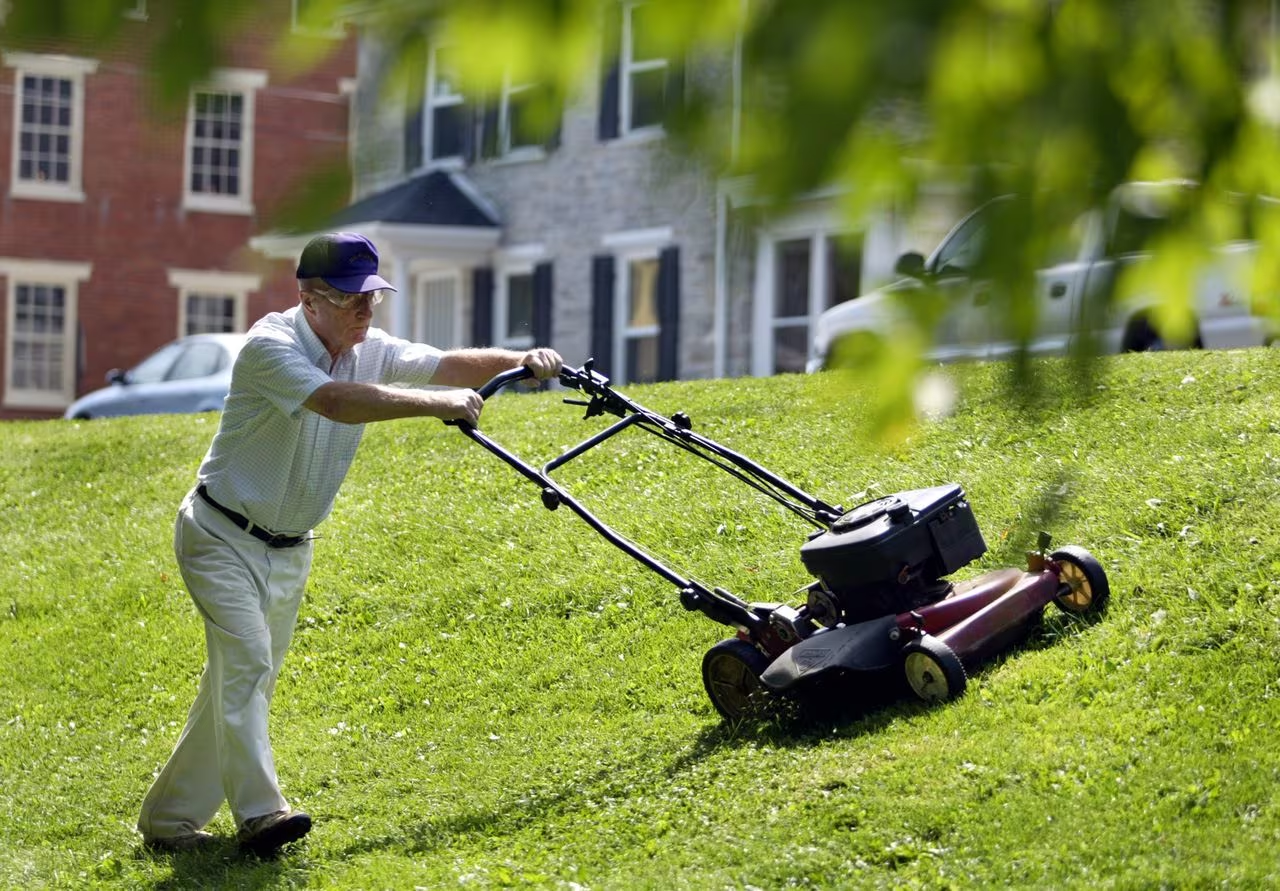
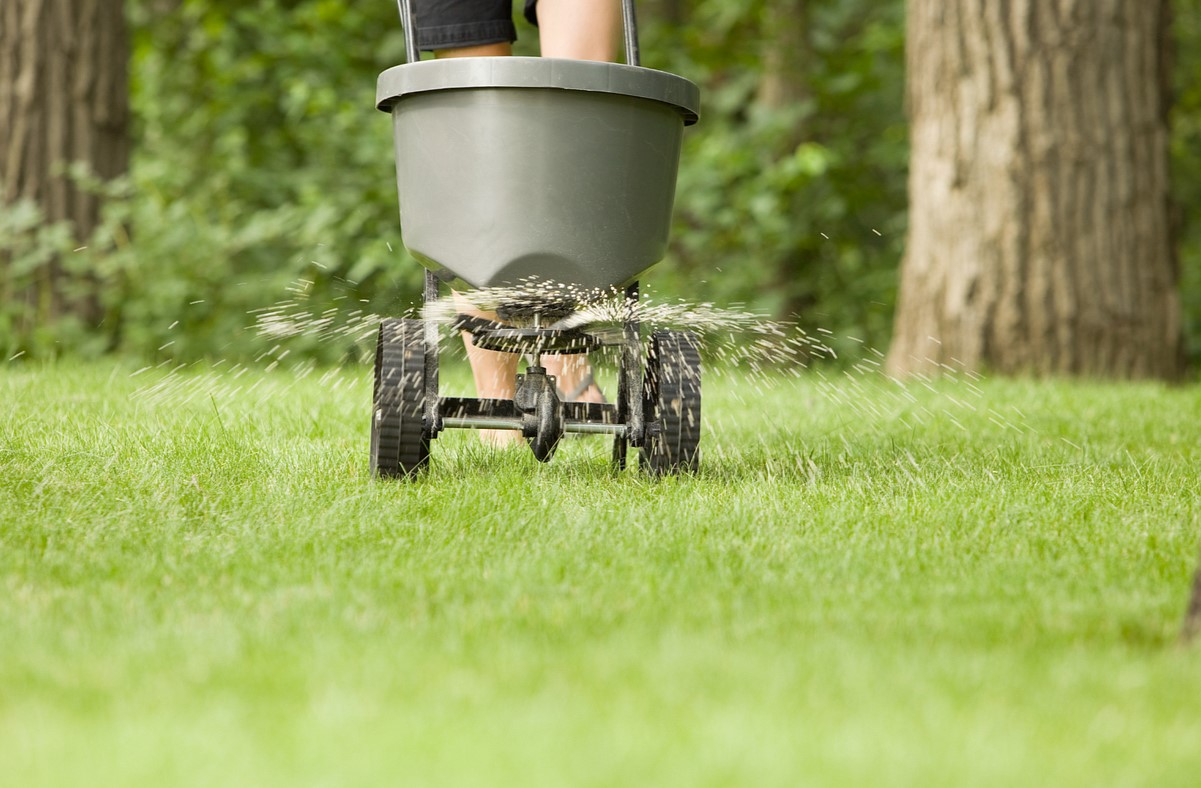
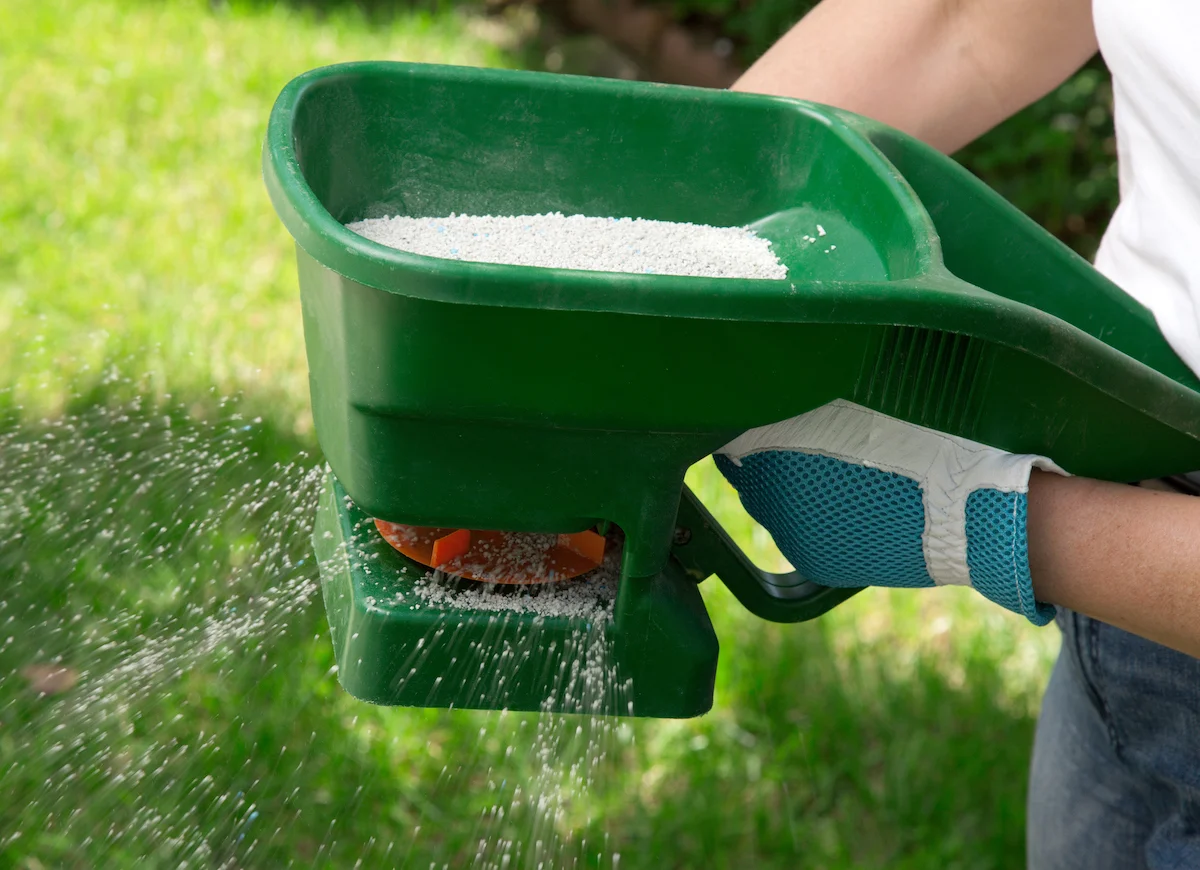
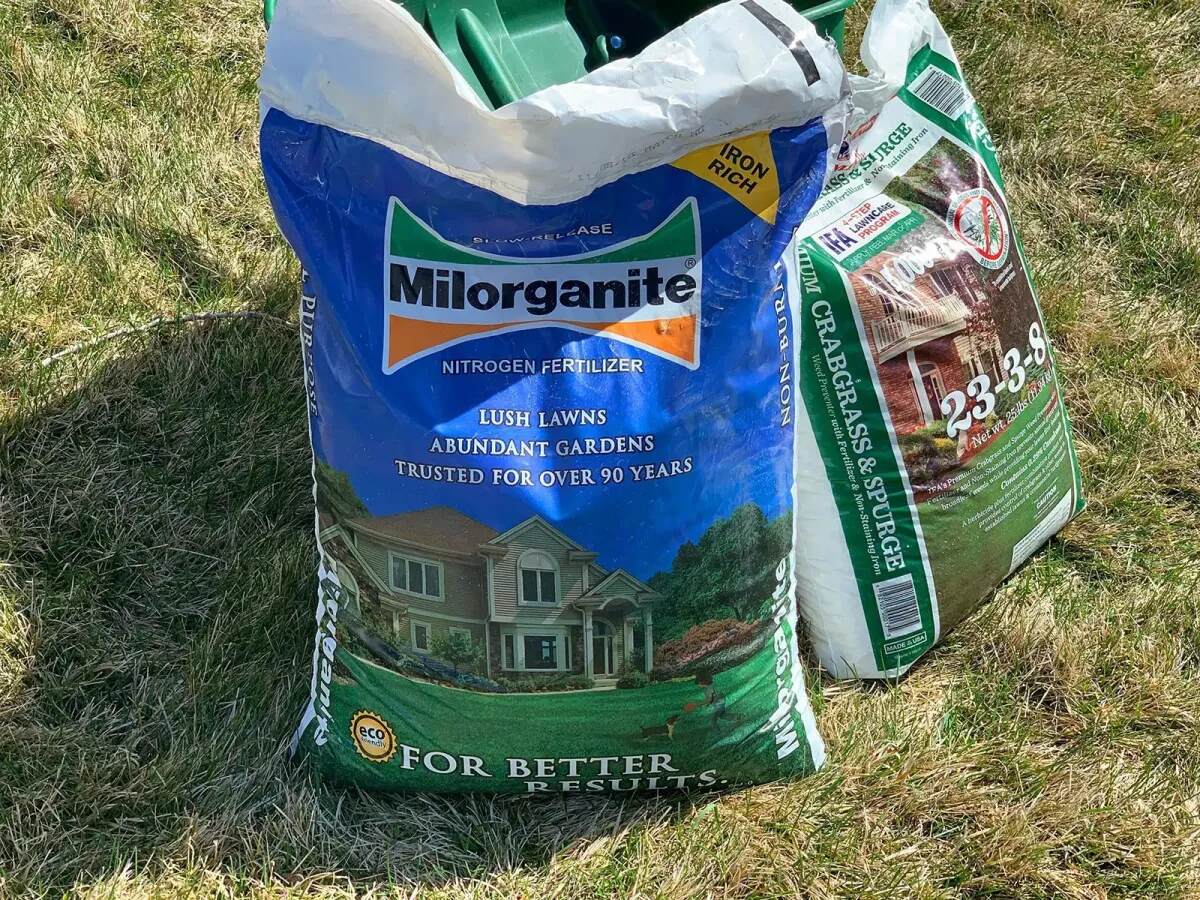
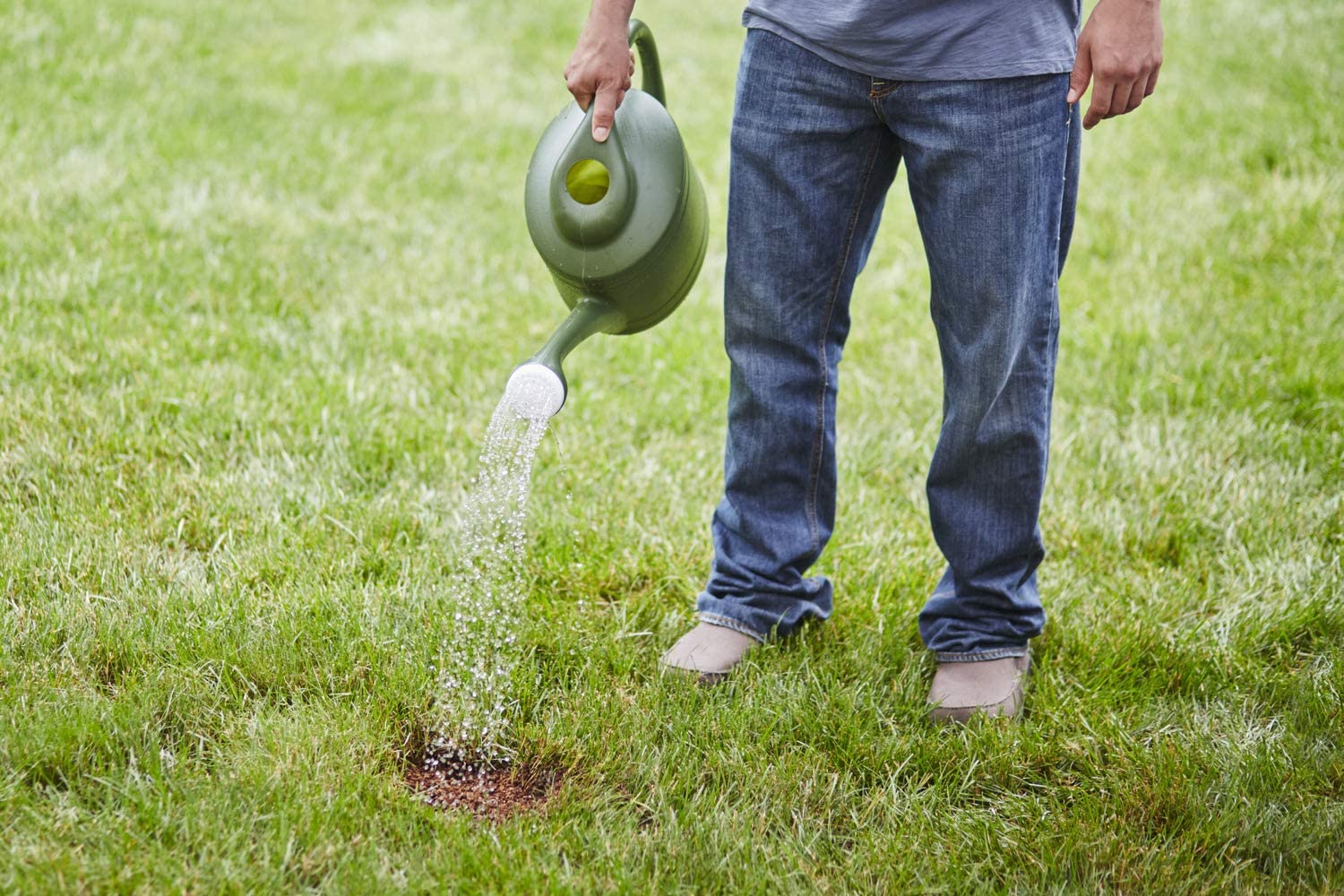
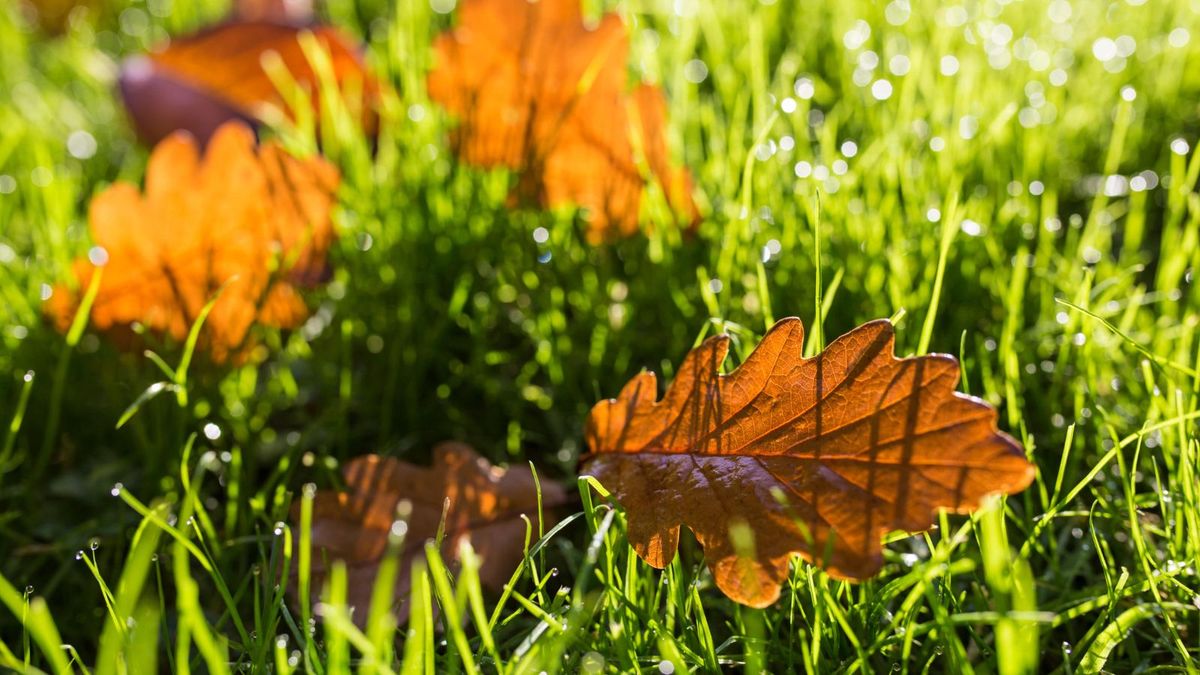
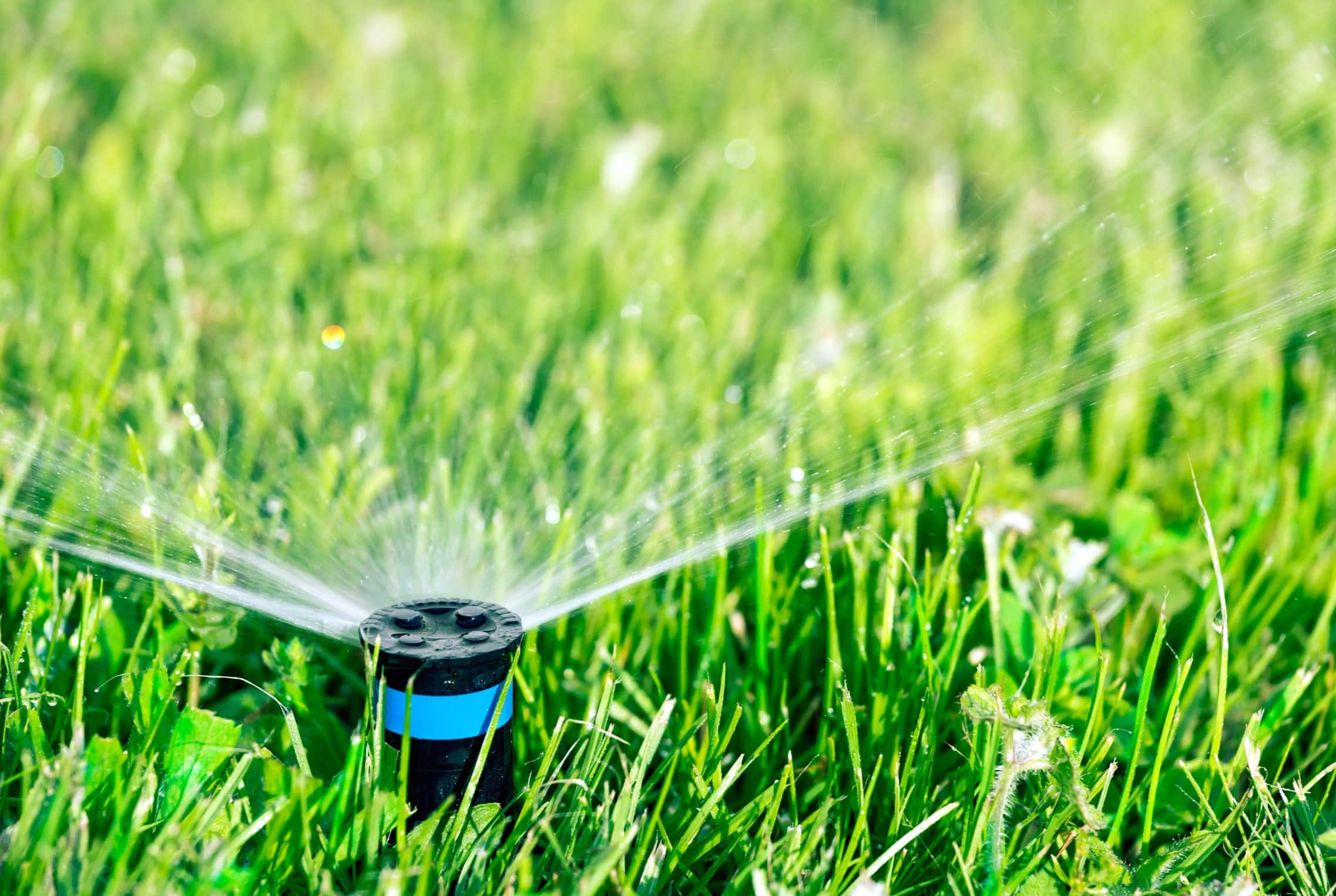
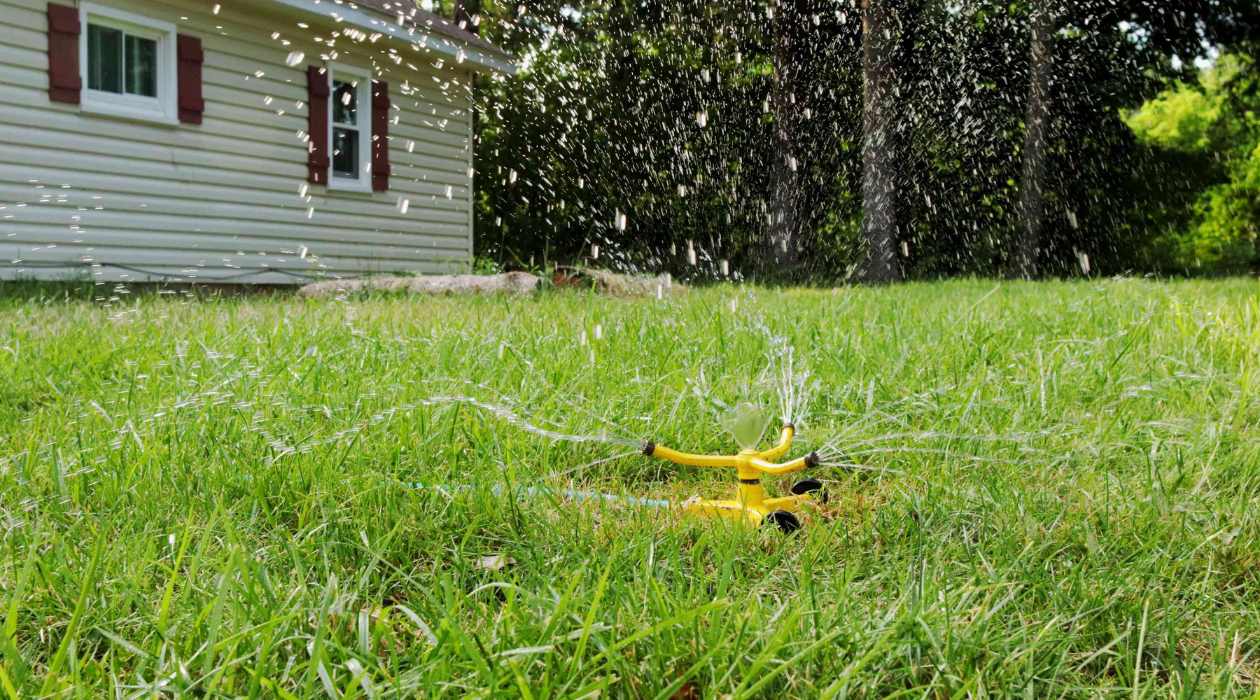
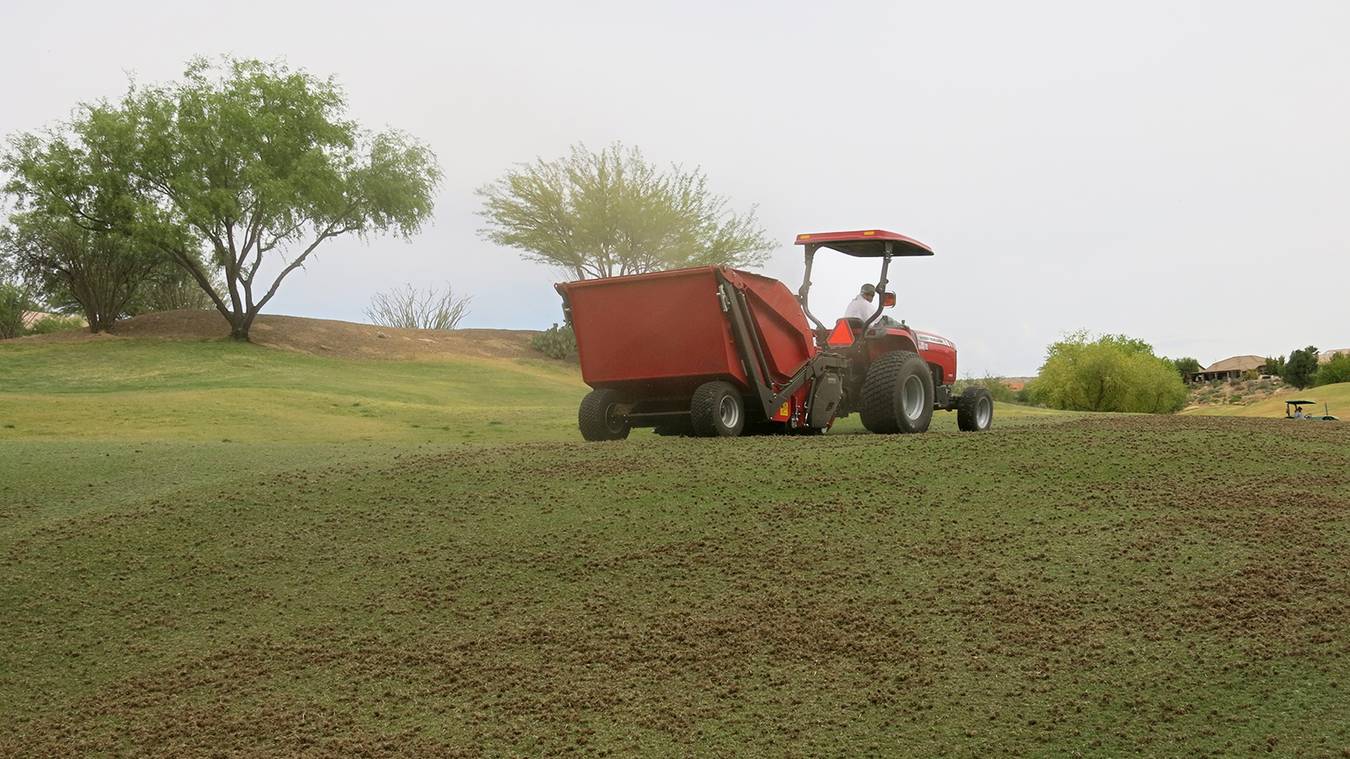
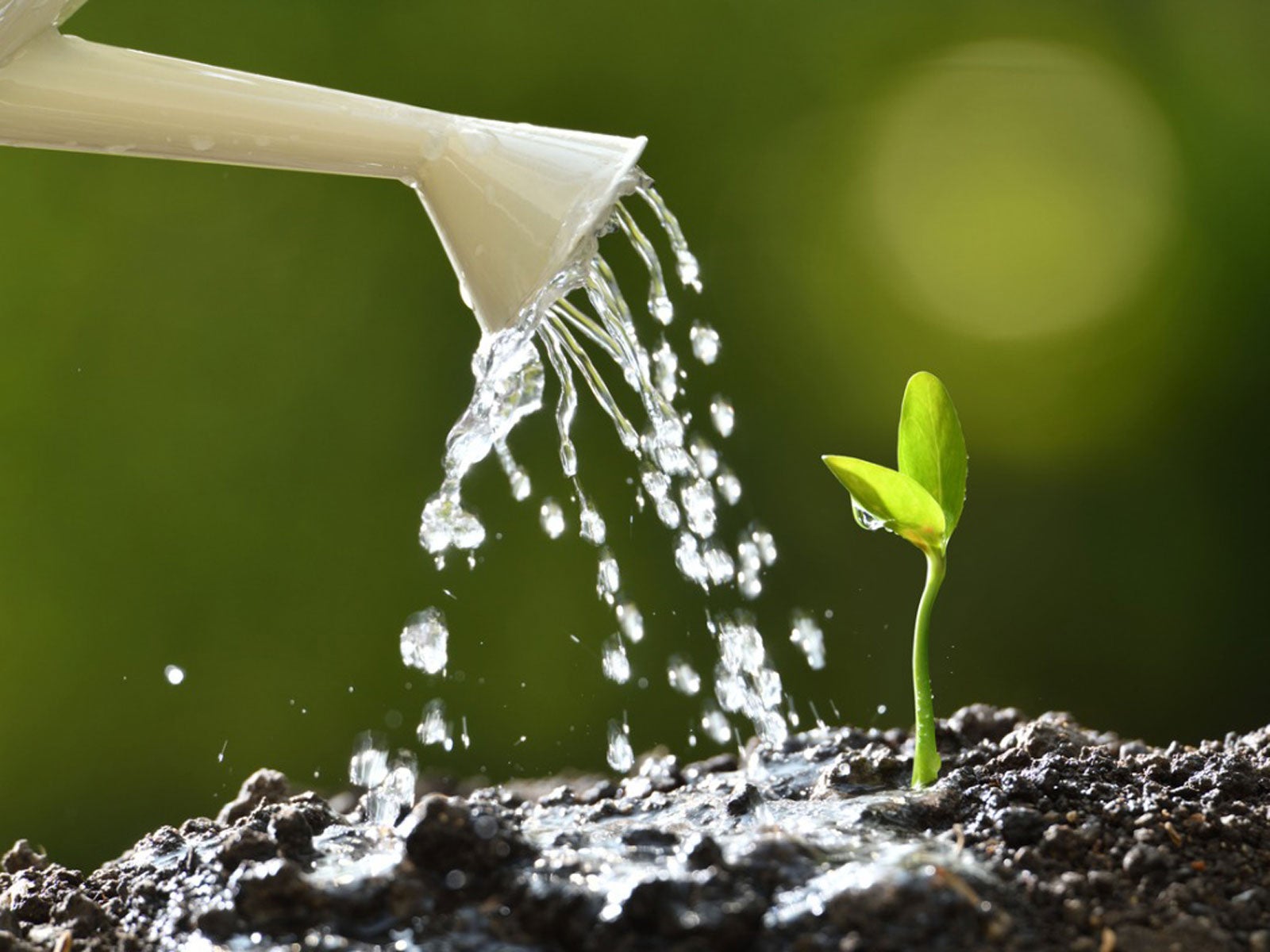

0 thoughts on “How Often To Fertilize Grass”